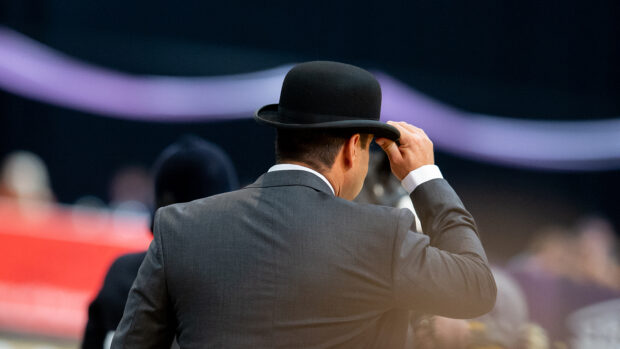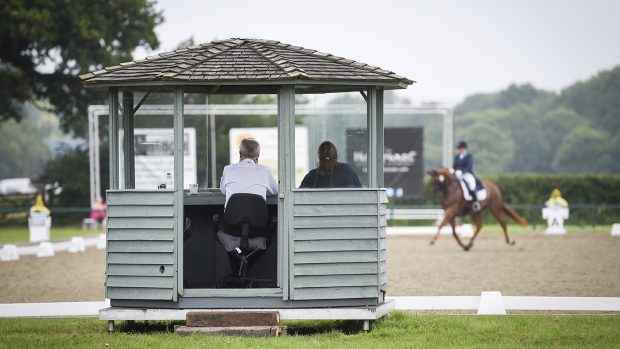Think you’ve got what it takes to be a ride judge? It requires a certain set of skills, and in this week’s showing special issue of Horse & Hound (19 March) guest editor Jayne Ross asked for the future of ride judging to be investigated because she is concerned about where the next generation is going to come from.
1 Variety is key
“Even if you’ve been showing at top level, start [judging] at the very bottom, whether you think you’re better than that or not,” says Katie Jerram. “Go to riding club shows, so you can ride lots of different animals.”
2 Remember what type of horse you’re riding
“If you’re on a hunter and it has a bit of a blip, or wrong legs, it doesn’t matter,” says Jenny Banks. “Hacks and riding horses are different, but you don’t have to mark an animal down for a little exuberance.”
3 Listen to the conformation judge
“You need to learn about conformation faults and how they affect the horse and its way of going. Conformation is something you never stop really learning about,” says Jenny.
4 Don’t be intimidated
“Our judges should not be in awe of us professionals,” adds Katie. “They must go into the ring thinking, I really want to ride that horse’.”
5 Look at the horse, not the person on board
“Remember that the professional may not necessarily be on the best horse,” counsels Jenny.
6 Judge what you see
“Some probationers feel they have to look at previous results, but it’s what’s in front of you on the day,” says Stella Harries.
7 Be polite
“The person at the bottom of the line loves their horse just as much as the person at the top. You must ride the last horse as well as the horse you rode first,” says Jenny.
Option one: the BSHA ride-only judges’ pathway
The BSHA pathway aims to provide support and education and create a structured pathway for progression.
* Applicants must be aged 23 or over and may stay on the ride-only panel for three years
* They must spend a minimum of two years on the ride-only panel before applying to the full panel
* At the end of a three-year period, they must attend an assessment day and pass the entire process
* If successful at an assessment day, the ride-only judge can progress to the probationary panel and must do the full two-year probationary period
* Once accepted as a probationer, the candidate must come off the ride-only panel
* Ride-only judges must complete a report of their day with the panel judge.
According to Nigel Hollings, vice-chairman of the BSHA board, “there’s no question that it’s working, but nothing changes overnight. You always give yourself a five-year plan for something to cotton on. In October 2014 we held our assessment day and I was very pleased to see quite a few of those younger judges go for the senior assessment and do well.”
Option two: SHB(GB) probationary system
With assistance from the Side Saddle Association, SHB(GB) has introduced a ride-only judges panel for ladies’ hunters, which are ridden side saddle.
“Candidates have to assess a number of horses and describe their [conformation] faults. If they want to be a ride judge, there are four or five horses that the professionals or locals provide and we want to see them on those. Then there is a verbal exam where they have to respond to questions,” confirms Jane Cooper, show committee chairman.
“Riders have to assess working hunters — they see a couple of horses jump the track, they mark the score sheet and have to be able to give their reasons why [for their score]. You can’t just put someone on the panel who doesn’t know how to judge the working hunter classes.”





